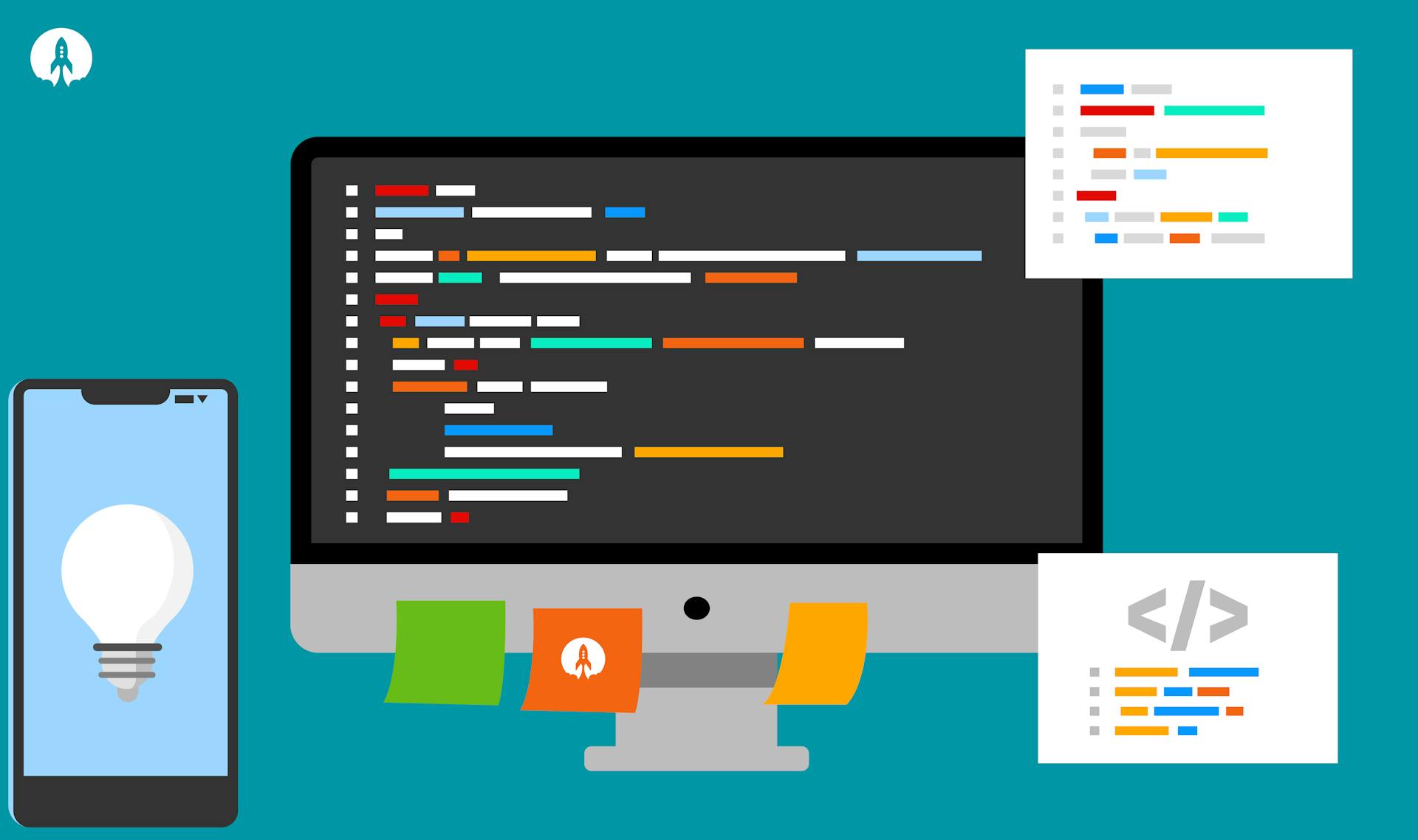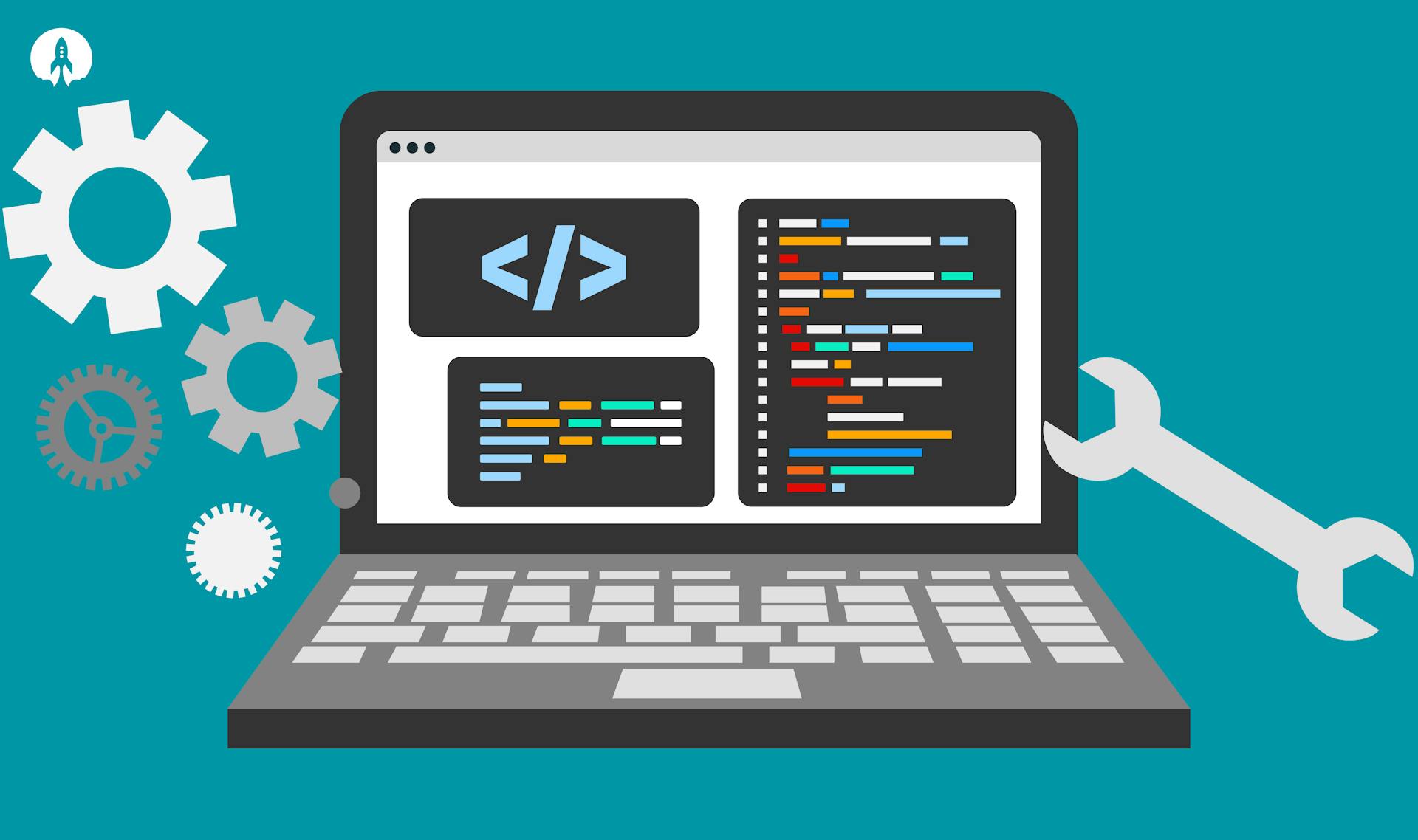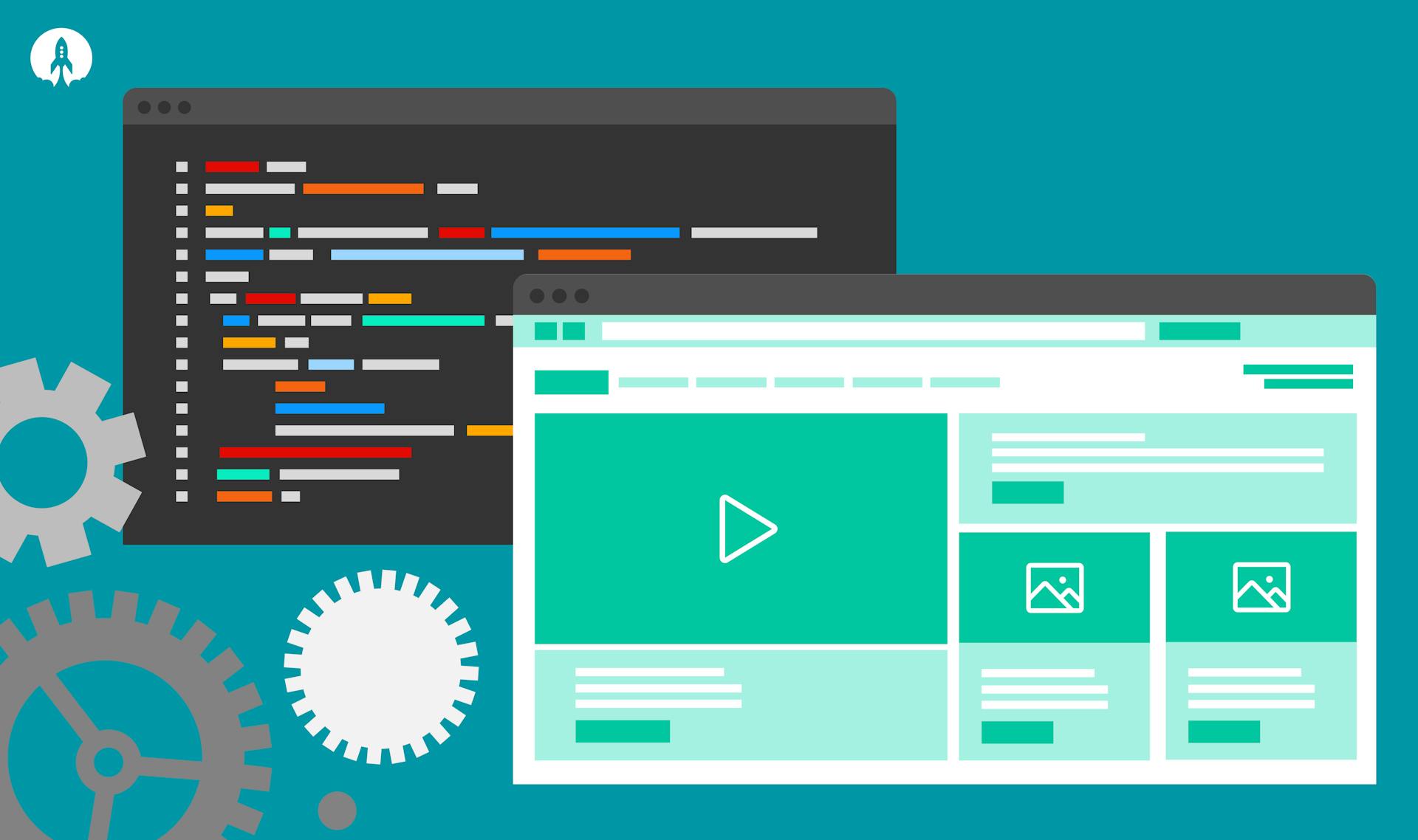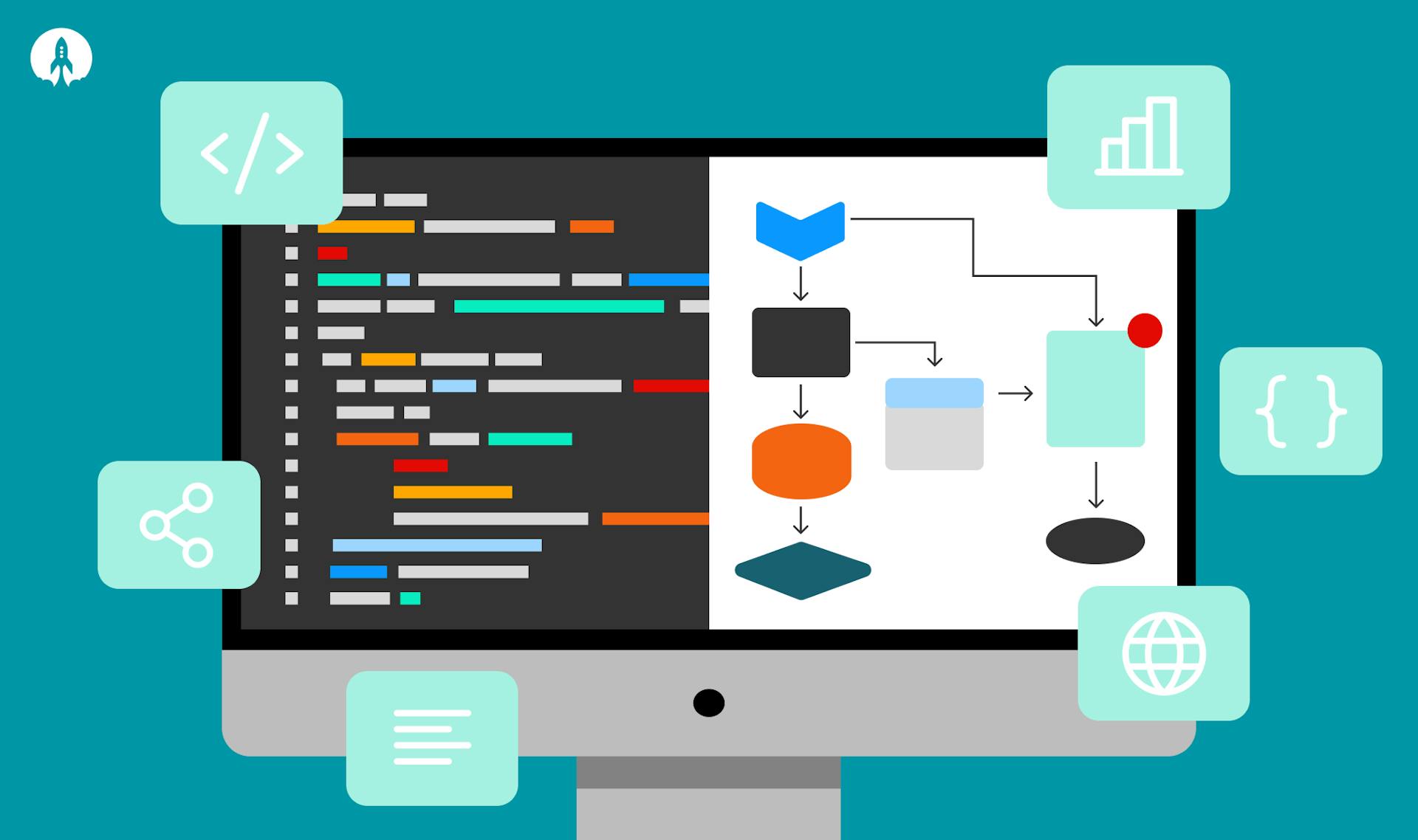Why Enterprise Application Integration Is Essential For Digital Transformation

Today, organisations rely on many software applications to manage their operations, from customer relationship management (CRM) systems to supply chain management and everything in between.
However, having these systems operate in isolation can lead to inefficiencies, data silos, and missed opportunities. This is where Enterprise Application Integration (EAI) comes into play.
Imagine if all your critical business applications could seamlessly communicate and share data, creating a unified and efficient operational environment. EAI makes this possible by enabling them to work together harmoniously.
In this article, we’ll explore Enterprise Application Integration, why it’s essential for your digital transformation journey, and how it can significantly benefit your organisation.
What is Enterprise Application Integration (EAI)?
You probably work for a large company with different departments, like sales, accounting, and customer service.
Each department uses multiple disparate systems to manage its work. For example:
➡️ Sales might use a Customer Relationship Management (CRM) system
➡️ Accounting uses accounting software like Sage or Xero.
➡️ Customer service uses a help desk system
Imagine how much easier things would be if all these systems could talk to each other.
When sales make a new sale, the CRM could automatically update the accounting software to create an invoice and the help desk system to prepare for customer support.
This is what enterprise application integration (EAI) does: it connects different applications within an organisation so they can work together seamlessly.
The key goals of EAI
As we mentioned above, the core objective of an EAI platform is to connect disparate systems, enabling them to exchange data. This is achieved through several levels of integration:
➡️ Integrating data
The platform consolidates data from various sources, eliminating duplicates, standardising formats, and ensuring application consistency. This process streamlines communication and reduces errors.
➡️ Workflow integration
EAI includes tools that enable application integration. This allows different services to work together, making everyday tasks easier.
For example, customer order processing might involve inventory checks, billing, shipping, and notifications.
EAI allows these tasks to be performed as a single, streamlined workflow instead of separate operations.
➡️ Centralised hub
EAI provides a single interface for users to connect with all integrated applications, services, databases, and other systems.
This means users don't have to navigate multiple individual interfaces. A unified interface ensures consistent user experiences across different systems, enhancing usability and reducing the learning curve for new users.

💡EAI example:
Let's say you run a large retail company with the following systems:
- Inventory management: Tracks stock levels.
- Sales system: Handles customer orders and sales data.
- Accounting system: Manages financial records and transactions.
Without EAI:
- The sales team manually informs the inventory team about new orders.
- The inventory team manually updates stock levels.
- The accounting team manually creates invoices and updates financial records.
With EAI:
- The sales system automatically updates the inventory management system with new orders.
- The inventory management system adjusts stock levels and informs the sales and accounting systems.
- The accounting system automatically creates invoices and updates financial records.

Why Is Enterprise Application Integration Important For Digital Transformation?
Breaks down data silos
In many businesses, different departments use different software applications to manage their tasks.
If these systems don’t communicate with each other, your company ends up with data silos—isolated pockets of information that can’t be shared easily across your organisation.
This can lead to inefficiencies, mistakes, and missed opportunities.
Enterprise Application Integration breaks down these silos by connecting all your disparate systems, allowing them to share data and work together.
This unified approach means that everyone in your organisation has access to the same up-to-date information, enabling better decision-making and more efficient operations.
Enhances customer experience
Customers today expect seamless, personalised experiences. If your systems are not integrated, providing this level of service can be challenging.
For example, if your customer service team doesn’t have access to real-time inventory data, they might not be able to provide accurate information about product availability to customers.
EAI ensures that customer data from various touchpoints—like sales, support, and marketing—is integrated, giving your team a complete view of the customer journey.
This allows for more personalised and timely interactions, boosting customer satisfaction and loyalty.
Streamlines operations
Operational efficiency is key to staying competitive. Manual data entry and redundant processes waste time and resources.
EAI automates these processes, reducing errors and freeing your employees to focus on more strategic tasks.
For instance, integrating your order management system with your inventory and shipping systems can automate the entire order fulfilment process, from order placement to delivery.
This speeds up the process and reduces the chances of errors and delays.
Facilitates innovation
One of the main goals of digital transformation is to stay agile and responsive to new market opportunities. EAI makes it easier to adopt and integrate new technologies as they emerge.
Whether you’re looking to implement a new e-commerce platform, a data analytics tool, or an AI-based customer service chatbot, EAI allows these new technologies to integrate with your existing systems seamlessly.
This flexibility means you can innovate faster and more effectively, keeping your business ahead of the curve.
Reduces costs
While implementing new technologies can be expensive, EAI helps you maximise the value of your existing IT investments. By integrating your current systems, you avoid the need for costly overhauls or replacements.
Additionally, the efficiencies gained through automation and improved data accuracy can lead to significant cost savings over time.
Supports real-time decision-making
Having access to real-time data is crucial. EAI ensures that any changes in one system are immediately reflected across all integrated systems.
This real-time data exchange gives your team the most current information, enabling them to make informed decisions quickly and confidently.

Approaches to Enterprise Application Integration
There are several different models of EAI, each designed to address specific integration challenges and needs.
In this section, we'll explore the various enterprise application integration models, explaining how they work.
🔗 Point-to-point integration
Point-to-point integration is an early type of EAI. It directly connects two applications, allowing them to communicate and exchange data.
Because point-to-point connections are direct, they are easy to set up and usually faster. You don’t need to set up any complex systems or intermediaries. Here’s an example:
Let's say you have a web store and an inventory management system. With point-to-point integration, the store tells the inventory system to update the stock when someone buys an item on your web store. This is a simple connection where only these two systems talk.
However, point-to-point integrations can become complex and challenging to manage as the number of applications increases due to the numerous direct connections required.
🔗 Hub-and-spoke integration
In hub-and-spoke integration, a central hub acts as a mediator between various applications, facilitating data exchange and communication.
Each application connects to the hub, which routes data to the appropriate destinations. This model simplifies the integration process by reducing the number of direct connections needed, making it easier to manage and scale than point-to-point integration.
To show you how it works, let's use the example of a web store, inventory management system, and shipping service:
- Hub: A central system that manages communication.
- Spokes: The web store, inventory management system, and shipping service.
When a customer makes a purchase:
- The web store sends the order details to the hub.
- The hub sends stock updates to the inventory system and shipping details to the shipping service.
🔗 Bus integration
Imagine you live in a city with a network of buses. Instead of each person needing a car, they all use the bus system.
The buses follow specific routes, picking up and dropping passengers at various stops. This allows everyone to travel to different places without needing direct connections between every location.
In the world of data integration solutions, an enterprise service bus works similarly:
- Central bus system: There is a central communication system called the "bus" that all applications connect to.
- Shared communication: Instead of direct connections or a central hub, the bus allows applications to send and receive messages over a shared communication system.
- Decentralised control: Unlike the hub-and-spoke model, the bus doesn't control or manage messages. Applications are responsible for listening to relevant messages and processing them accordingly.
Let's use the example of a web store, inventory management system, and shipping service again:
- Bus: A shared communication system where all messages are transmitted.
- Multiple applications: The web store, inventory management system, and shipping service.
When a customer makes a purchase:
- The web store sends a message to the bus indicating a new order.
- The inventory system listens to the bus, picks up the order message, and updates the stock.
- The shipping service also listens to the bus, picks up the shipping details, and processes the shipment.
🔗 Middleware
Middleware is software that acts as a bridge or "glue" between different applications and systems; it sits between operating systems and the applications running on it, providing services and functionalities not offered by the operating system.
Another way to imagine the middleware framework is to say you have two friends, Alice and Bob, who speak different languages.
They want to communicate, but they need help understanding each other directly. So, they hire a translator to help them communicate.
Middleware works similarly to the translator. It translates or transforms data, manages communication, and coordinates interactions between various systems.
Here is an example of how middleware works as an application integration solution: let's say you have a web store and a database where all your product information is stored:
- Web Store: The application where customers browse and purchase products.
- Database: The system that stores product details, prices, and inventory.
❌ Without Middleware:
- The web store needs to understand how to talk directly to the database, which can be complex and rigid.
✅ With Middleware:
- The middleware handles communication between the web store and the database.
- When the web store needs product information, it sends a request to the middleware.
- The middleware retrieves the necessary data from the database and sends it back to the web store in a format it understands.
🔗 Microservices
Instead of one extensive, monolithic application, microservices architecture breaks down a system into many small, independent services.
Each microservice focuses on particular business applications, like user authentication, payment processing, or inventory management. These services communicate through well-defined APIs (application programming interfaces).
Enterprise application integration is all about making different organisational applications work together smoothly. Microservices play a vital role by providing a flexible and scalable way to build and integrate enterprise applications.
Let’s consider an e-commerce platform as an example:
- User service: Handles user registration, login, and profile management.
- Product service: Manages product listings, categories, and details.
- Order service: Processes orders, manages order history, and tracks shipments.
- Payment service: Handles payment processing, refunds, and payment history.
- Notification service: Sends email and SMS notifications for order confirmations, shipping updates, etc.
In a microservices architecture:
- Each of these services operates independently and communicates with others through APIs.
- If the payment service needs to be updated to support a new payment method, it can be done without touching the user service or order service.
- When a user places an order, the order service communicates with the product service to check availability, the payment service to process the payment, and the notification service to send a confirmation email.
iPaaS (Integration Platform as a Service)
iPaaS, or Integration Platform as a Service, is a cloud-based solution that simplifies the process of enterprise application integration within an organisation.
These integration platforms typically have pre-built connectors and templates for common applications and services (like Salesforce, Google Drive, and enterprise resource planning systems). This makes it easy to connect different systems and automate business processes.
Here’s an example of how EAI systems like this work.
Imagine you run an e-commerce business: you have an online store, a customer relationship management (CRM) system, an inventory management system, and a marketing platform.
➡️ With a traditional integration: Without iPaaS, you might need custom-built integrations for each system to talk to each other, which can be complex and costly.
➡️ Using iPaaS: With iPaaS, you connect each application to the platform. iPaaS manages the data exchange and ensures that customer orders from the online store update the CRM, adjust the inventory, and trigger marketing emails seamlessly.

The Challenges Of Enterprise Application Integration
While Enterprise Application Integration (EAI) offers numerous advantages, it also presents certain challenges that organisations need to be aware of:
⚠️ Complexity
When integrating multiple applications, the data from each system might be stored in different formats and structures.
It's like trying to put together a puzzle with pieces from different sets. Ensuring these pieces fit together seamlessly requires sophisticated tools and careful planning.
⚠️ Legacy system limitations
Many organisations still use older systems that are not designed to work with modern applications.
Integrating these legacy systems is like connecting an old rotary phone to a modern smartphone network. It's possible, but it’s complicated and requires special adapters.
⚠️ Data quality issues
For integration to be successful, the data exchanged between systems needs to be accurate and consistent.
If one system has incorrect or incomplete data, it can cause errors and inefficiencies across all connected systems.
⚠️ Scalability and performance
As a business grows, so do its software systems. Therefore, enterprise application integrations will become more complex.
The integration solution must handle increased data volume and user load without slowing down.
⚠️ Data Security Concerns
Sharing data between multiple applications increases the risk of unauthorised access and data breaches.
Imagine sending sensitive information through a series of messengers; your data could be compromised if one messenger isn't trustworthy.
Strong security measures, like encryption and access controls, are essential in any EAI system.
⚠️ Cost and resource constraints
Implementing and maintaining integration products can be expensive. It requires investment in software, hardware, and skilled personnel, as well as ongoing maintenance and updates.
It's like building and maintaining a large infrastructure project—it requires significant resources and ongoing investment.
⚠️ Change management
EAI projects often involve changes to business processes and workflows. People often resist change, especially when it involves new systems and processes.
Employees might be comfortable with their current work methods and reluctant to adopt new methods. Managing these changes effectively and ensuring employee adoption requires clear communication, training, and support.
👉🏼 Need some more guidance on change management? Check out our comprehensive guide here.
⚠️ Integration platform selection
Choosing the right platform to integrate your software applications is crucial. It involves evaluating different technologies and vendors to find the best fit for your organisation’s needs.
This process is complex and time-consuming; you may not get it right the first time.
Final Thoughts
Enterprise Application Integration is a cornerstone of digital transformation.
By enabling seamless communication between diverse applications, EAI breaks down data silos, enhances customer experiences, streamlines operations, facilitates innovation, reduces costs, and supports real-time decision-making.
Implementing EAI ensures your business can adapt to new technologies, remain agile, and maintain a competitive edge.
Ready to transform your business with Enterprise Application Integration?
Rocketmakers offers comprehensive digital transformation services to guide you through every step of the integration process.
Our team of experts can help you evaluate your options, implement the right solution, and ensure seamless integration across your systems. Contact Rocketmakers today for a free proposal.



